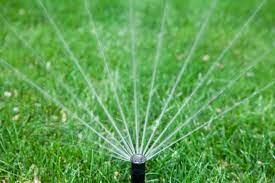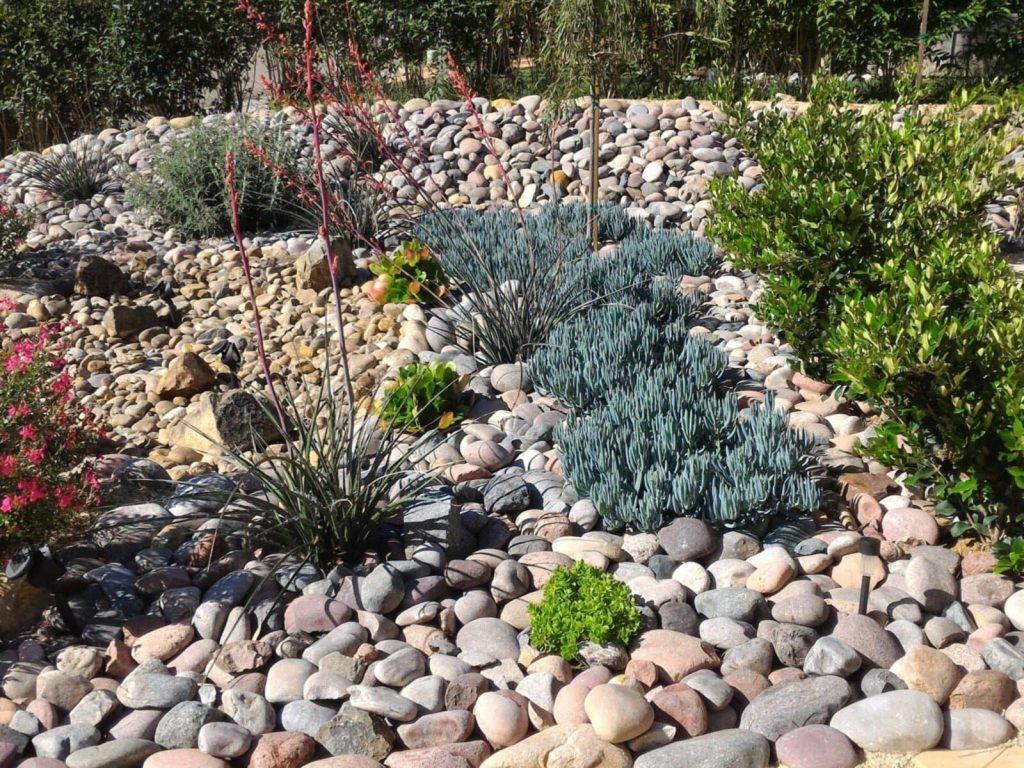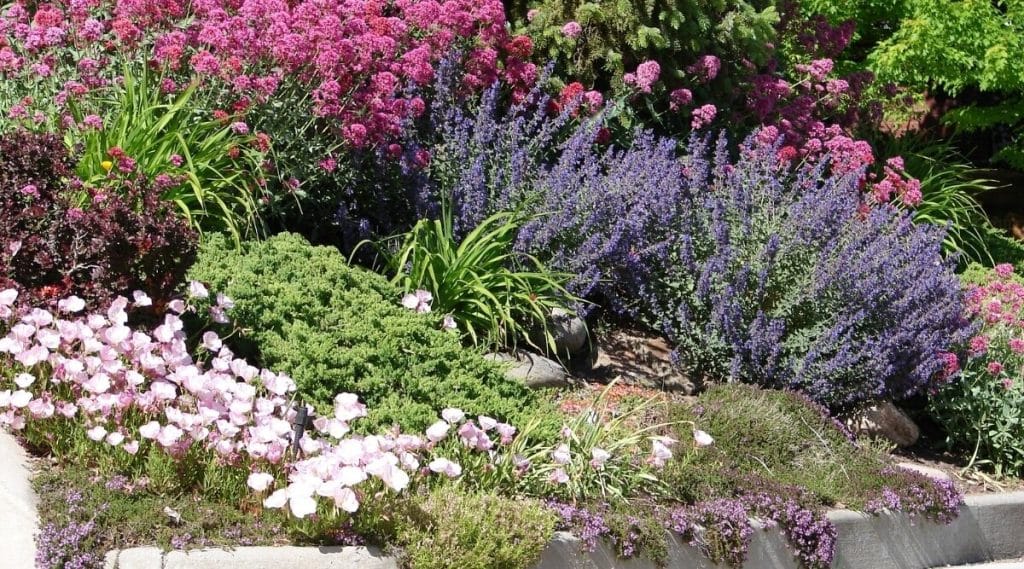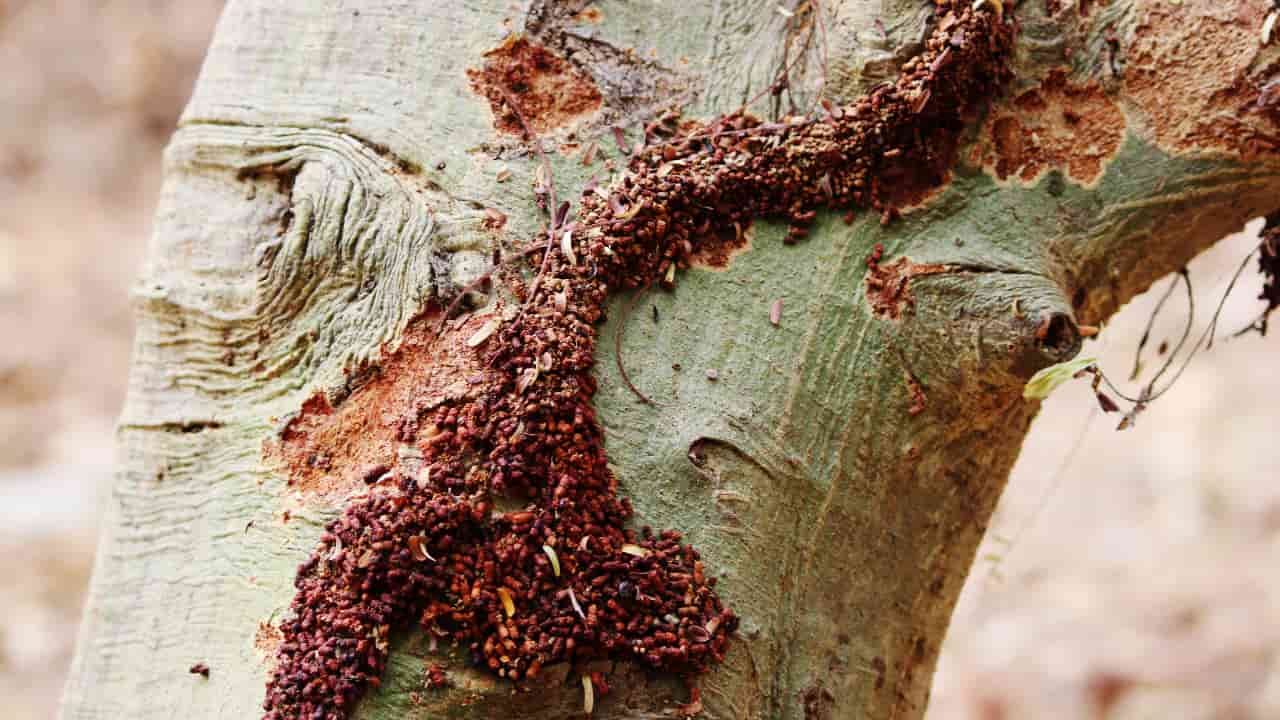An average US family of four pays $73 per month for water, assuming each person uses 100 gallons per day. Don’t waste half of it by watering your lawns.
Xeriscaping is an aesthetically pleasing alternative to traditional landscaping. Moreover, it conserves water, a precious resource, and contributes to the preservation of local ecosystems.
If you are building a home or just looking for an alternative to landscaping your lawns, xeriscaping creates a sustainable and harmonious landscape that complements the natural environment.
In this article, you will gain clarity on “What is xeriscaping?” It also explains in detail how to design a xeriscape landscape.
Table of contents
- What is Xeriscaping?
- How to Design Xeriscape Landscape | Best Xeriscape Landscaping Ideas
- Why is Xeriscaping Different?
- What is the best material for xeriscape?
- What are the characteristics of xeriscape?
- 5 Disadvantages of Xeriscape Landscaping Ideas
- Frequently Asked Questions
- Conclusion
- References
- Recommendations
What is Xeriscaping?
Xeriscaping is a landscaping technique designed to create visually appealing outdoor spaces while conserving water. It is derived from the Greek word “xeros” meaning “dry,” and refers to the practice of landscaping that utilizes plants and practices to conserve water and reduce irrigation needs.
Xeriscaping emphasizes the use of native, drought-resistant plants, strategic irrigation methods, soil improvement, and mulching to reduce water usage significantly.
It offers a wide array of plant choices, including colorful succulents, ornamental grasses, and flowering perennials, suited to various climates and soil conditions. This approach is particularly beneficial in regions with water scarcity or arid climates.
If you live in one of the states with low annual rainfall, xeriscaping appears to be a great choice. However, Xeriscaping may not be the right choice for homes in Florida or other states with plentiful moisture.
Read Also: What is Stud Finder & How to Use it
How to Design Xeriscape Landscape | Best Xeriscape Landscaping Ideas
To design an xeriscape landscape, Colorado State University opines proper planning is the first step to reducing water use.
Homeowners can save water in low annual rainfall states simply by changing to plants adapted to reduced water use. Below is a step-by-step guide on how to design your xeriscape landscape:
#1. Assess your site

The first step to designing a xeriscape landscape is to assess your site. This includes understanding your climate, soil type, sun exposure, and drainage.
You can also identify any existing water features or hardscaping that you want to incorporate into your design. Identify native plants you will be using and their areas for planting.
#2. Select the right plants

Once you know your site conditions, you can start selecting plants. Choose native plants that are adapted to your climate and soil type.
Native plants are also more likely to attract beneficial insects and birds. Some examples of xeriscape plants include:
- Succulents: These plants store water in their leaves and stems, making them very drought-tolerant.
- Cacti: These plants are also very drought-tolerant and come in a variety of shapes and sizes.
- Ornamental grasses: These grasses add texture and movement to your landscape. They are also low-maintenance and require little watering.
- Drought-tolerant shrubs and trees: These plants can provide shade and beauty to your landscape. They are also more likely to attract beneficial insects and birds.
#3. Group plants with similar water needs

Grouping plants with similar water needs together will help you to simplify your irrigation system. This practice is known as hydrozoning.
This will help you to water your plants more efficiently and save water. For example, you could group plants that need a lot of water together in one area and plants that need less water together in another area.
#4. Use mulch

Before mulching, enhance your soil’s water retention capabilities by amending it with organic matter, such as compost or aged manure. This improves soil drainage and structure, allowing plants to access water more effectively.
Apply mulch around plants to reduce evaporation, suppress weed growth, and regulate soil temperature. A layer of organic mulch, such as wood chips or shredded leaves, to your planting beds is ideal.
#5. Use efficient irrigation

Use drip irrigation or smart irrigation controllers to deliver water directly to the plant roots. This will help to minimize evaporation and runoff.
Generally, watering from below is an effective method of reaching the roots of your plants without losing water to evaporation.
By watering from below, you can conserve water and ensure that your plants receive the moisture they require to thrive
#6. Add hardscaping elements

Hardscaping elements, such as patios, walkways, and rock gardens, can add visual interest and reduce the need for lawns. Incorporate non-living elements like rocks, gravel, and pathways strategically.
#7. Maintain your landscape

Even xeriscape landscapes need some maintenance. Water your plants deeply and infrequently, and fertilize them sparingly.
Regularly monitor your xeriscape landscape, and remove any invasive plants. Maintain organic mulch levels and prune plants according to their specific requirements.
Read Also: What Are Uses for Contact Cement?
Why is Xeriscaping Different?
Xeriscaping differs from traditional landscaping methods primarily due to its focus on water conservation and sustainability.
Unlike conventional landscaping which often relies heavily on water-intensive plants and frequent irrigation, xeriscaping emphasizes smart water use and drought-resistant plants.
This approach aims to create visually appealing landscapes while minimizing water consumption significantly.
The fundamental principles of xeriscaping involve employing techniques that reduce water waste, such as optimizing irrigation systems, improving soil quality to retain moisture, using mulch to prevent evaporation, and carefully selecting plants that thrive in low-water conditions.
By adopting these strategies, xeriscaping creates landscapes that look beautiful and require minimal water, making it an environmentally conscious choice. The list below emphasizes why xeriscaping is different:
- Water Conservation
- Native Plant Emphasis
- Low-Maintenance Approach
- Environmental Benefits
- Aesthetic Appeal
- Sustainability
Read Also: How to Build a Rock Garden
What is the best material for xeriscape?
Selecting the best materials for xeriscaping can be daunting. However, if you are able to itemize what you desire xeriscape, chosing the best material becomes easier.
According to Landscapingnetwork.com, many plants that are drought-resistant in their natural habitat can have a hard time adapting to conditions in the nursery. While drought-resistant plants are important in xeriscaping, carefully selecting plants to be compatible with soil, exposure, and irrigation systems is essential.
Also, while trees and shrubs are best for 7.229, Xeriscaping, and garden flowers are best for 7.231, Xeriscaping. This means the best material is totally dependent on what you desire.
- Mulch:
- Use organic mulches like wood chips, bark, or compost. Mulch helps retain soil moisture, suppresses weed growth, and regulates soil temperature.
- Drought-Resistant Plants:
- Opt for native plants and those adapted to arid conditions. These plants require less water, making them ideal for xeriscaping.
- Gravel or Rocks:
- Incorporate decorative gravel or rocks to cover bare soil. This helps reduce evaporation, prevents erosion, and adds aesthetic value.
- Drip Irrigation Systems:
- Choose drip irrigation over traditional sprinklers. Drip systems deliver water directly to the base of plants, minimizing water wastage through evaporation.
- Permeable Hardscaping:
- When using paved surfaces, choose permeable materials like permeable pavers or gravel. This allows water to penetrate the ground, reducing runoff and promoting water absorption.
- Rain Barrels or Cisterns:
- Lay down xeriscape fabric beneath mulch to suppress weed growth while allowing water to pass through to the soil.
- Compost:
- Improve soil quality with compost, enhancing its water retention capacity and providing essential nutrients for plants.
Read Also: What is Meadow Sage: Full Guide of a Perennial
What are the characteristics of xeriscape?
Unlike traditional landscape, xeriscape has distinct features that make it a great choice for your home. By looking at a lawn design, you can easily identify a xeriscape design if it has these characteristics:
Basically, Xeriscape
- Uses native plants: Native plants are well-adapted to the local climate and soil conditions, so they require less watering, fertilizer, and pesticides than non-native plants
- Uses water-efficient irrigation: Xeriscape landscaping uses efficient irrigation systems, such as drip irrigation or smart irrigation controllers, to deliver water directly to the plant roots.
- Has environmental Benefits: Xeriscaping extends beyond water conservation, offering a range of environmental benefits. It also reduces reliance on fertilizers and pesticides. This helps protect water quality and soil health.
- Has aesthetic Appeal: Xeriscaping doesn’t compromise on aesthetics. With a thoughtful design and careful plant selection, xeriscaped landscapes can be just as beautiful and diverse as traditional landscapes, incorporating a variety of native plants, hardscaping elements, and even colorful blooms.
- Is sustainable: Xeriscaping aligns with the principles of sustainability, promoting resource conservation, ecological balance, and long-term environmental health. It’s a responsible landscaping approach that benefits both the environment and the homeowner.
5 Disadvantages of Xeriscape Landscaping Ideas
Though xeriscape landscaping offers numerous benefits, it has some drawbacks you must consider before making up your mind. For instance, the cost of implementing xeriscape is more than traditional landscaping.
So, even with the best xeriscape landscaping idea, lack of funds means they may never happen. Other notable drawbacks of xeriscape include:
- Design Limitations:
The focus on water conservation and using drought-resistant plants might limit the diversity and creativity in landscape design. You are likely to find it restrictive in achieving certain visual aesthetics.
- Adaptation Challenges:
Adapting xeriscaping to certain climates or environments may pose challenges. It might require additional research and expertise to select the most suitable drought-resistant plants and techniques for specific regions.
- Maintenance Misconceptions:
While xeriscape landscapes are generally low-maintenance, there’s a misconception that they require no upkeep at all. Periodic maintenance, including weeding, pruning, and occasional irrigation adjustments, is still necessary for optimal health and aesthetics.
- Slow Establishment Period:
Newly planted xeriscape gardens often require time to establish themselves. During this period, plants may need extra attention and care, including consistent watering, until they become fully adapted to their environment.
Frequently Asked Questions
Xeriscaping principles can be applied to various climates, with modifications based on local conditions. Native plants are key to xeriscaping, so selecting plants adapted to your region’s climate is crucial.
Water savings from xeriscaping can vary depending on the landscape design and native plant choices. However, xeriscaped landscapes typically use significantly less water compared to traditional lawns.
Xeriscaping offers a multitude of benefits, including water conservation, reduced maintenance, environmental protection, and aesthetic appeal.
Xeriscaping principles can be adapted to various climates, not just arid areas. It involves water-wise landscaping applicable to different environments.
Yes, despite initial expenses, the reduced maintenance and water bills make xeriscaping a cost-effective landscaping choice over time.
The best soil for xeriscaping is a well-drained, loamy soil with a good organic matter content.
Examples of xeriscape plants include succulents, cacti, ornamental grasses, and drought-tolerant shrubs and trees. Native plants are ideal choices for xeriscaping.
Conclusion
With Xeriscape, you can achieve aesthetic appeal, water conservation, ecological balance, and long-term environmental health.
This article on what is xeriscaping guides you through creating your own xeriscape landscape design. You will also find amazing xeriscaping ideas to select from.
References
- Land Scaping Network.com – Guide to Xeriscape Landscaping
- Epic Gardening.com – Xeriscape Landscaping: A Complete Guide to a Drought Tolerant Yard
- National Geographic.org – Xeriscaping





